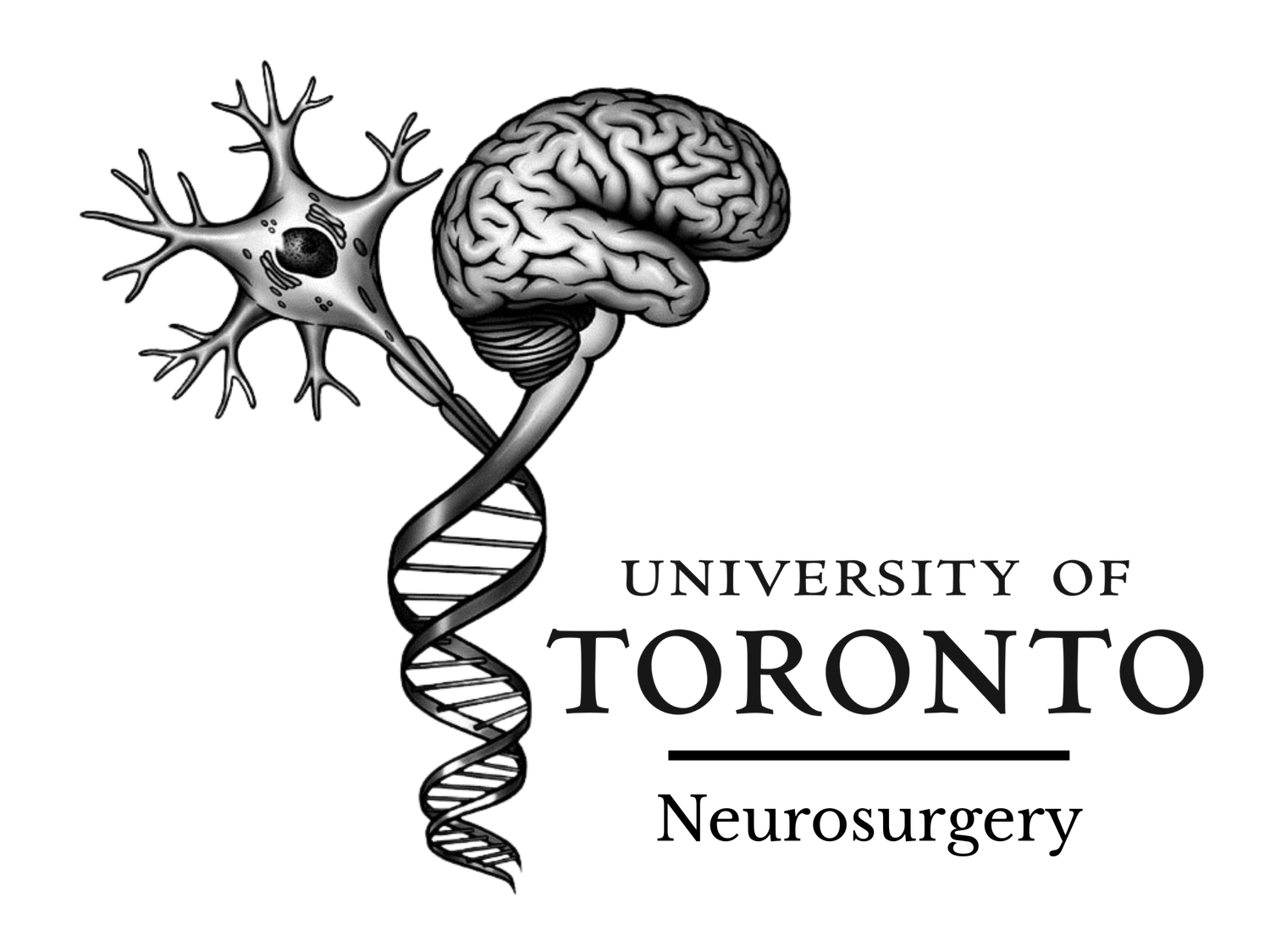Canadian Neurosurgery Rookie Course 2025
Course Objectives
The Canadian Neurosurgery Rookie Camp is structured and delivered in keeping with the CANMEDS format, which is designed to develop each resident into an effective:
Medical Expert:
• Name the instruments and their use for performing a craniotomy
• Use basic neurosurgical power tools to perform a craniotomy
• Demonstrate the ability to use a Hudson brace to create a burrhole
• Position the skull in the surgical position and outline the intended scalp incision based on imaging for
the three basic craniotomies (pterional, trauma and suboccipital)
• Understand the brain anatomy exposed by these three basic craniotomies
• Describe the unique features and considerations with respect to the pediatric skull
• Systematically interpret a CT scan
• Recognize surface landmarks for, and brain anatomy exposed by, the pterional craniotomy
• Explain the physics and mechanics of how shunt systems work
• List the usual sequence of events in the insertion of a ventriculo-peritoneal shunt
• Insert an external ventricular drain the using the traditional landmarks and correctly attach to an
external ventricular collection system
• Demonstrate the ability to troubleshoot to assess functionality of the drain
• Demonstrate how to tap a shunt
• Demonstrate how to use a bipolar forceps
• Recognize surface landmarks for, and brain anatomy exposed by, the suboccipital craniotomy
• Recognize and describe the anatomical explanation for a cranial nerve III palsy
• Differentiate radicular from non-radicular back and neck pains
• Demonstrate proper techniques in prepping and draping
• Demonstrate ability to suture and knot tie
• Become familiar with the basic use of the endoscope
• Demonstrate important anatomical landmarks in the transsphenoidal approach to the anterior skull base
• Perform a virtual reality-simulated neurosurgical procedure with real-time feedback
• Outline the physiology of hyponatremia and the immediate and longer-term treatment options
• Recognize and describe the anatomical explanation for a cranial nerve III palsy
• Understand basic principles in evaluating and initially managing a patient with a spinal cord injury
• Demonstrate appropriate halo application and show how this is used in cervical traction/reduction
• Demonstrate how to perform a lumbar puncture, including the preparation for the procedure
(preparation and draping), finding the appropriate level and collection of the CSF
• Demonstrate how to set up and connect a lumbar drainage system
Communicator:
• Effectively communicate the management plan to a senior resident or staff member
• Demonstrate, using role play, how to effectively deliver bad news
• Communicate to peers the condition of a neurosurgery patient
• Obtain informed consent for a lumber discectomy
• Effectively communicate overnight on-call update on morning neurosurgery resident rounds
• Write orders for a lumbar drainage system
Collaborator:
• Describe ways to be an effective team member
• Collaborate as part of a team to ensure early resuscitation and appropriate communication strategies in the emergency room.
Manager:
• Discuss strategies to prioritize your working day
Health Advocate:
• Demonstrate leadership and situational awareness to ensure patient safety during a neurosurgery emergency
Professional:
• Understand operating-room etiquette, call schedules and resident roles

